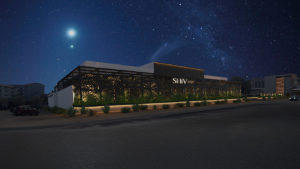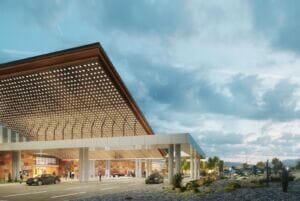Breast lift surgeries, known as mastopexies, are procedures designed to address breast ptosis, a common condition resulting from aging, weight loss, pregnancy, and breastfeeding. These surgeries aim not only to elevate the breast but also to improve its shape and contour, focusing particularly on the position of the nipple–areolar complex (NAC). Among the innovative methods is the ‘breast lift and fat transfer‘, a technique that enhances breast shape while using the patient’s own fat to add volume. This article will delve into the various mastopexy techniques, with an emphasis on recent advancements and critical patient considerations.
Understanding Breast Ptosis and Classification
Breast ptosis or sagging is typically classified using the Regnault system, which categorizes the condition based on the NAC’s position relative to the inframammary fold (IMF). This classification is instrumental in choosing the most appropriate surgical technique:
- Pseudoptosis: NAC is above the IMF.
- Type I (Mild): NAC is at or 1 cm below the IMF.
- Type II (Moderate): NAC is 1–3 cm below the IMF.
- Type III (Severe): NAC is at the lowest portion of the breast.
Surgical Techniques and Innovations
- Crescent Mastopexy: Best for minor breast asymmetries and small to moderate ptosis. This technique involves minimal scarring but carries risks such as scarring and potential NAC deformity.
- Circumareolar Mastopexy: Also known as the “Donut” lift, this technique is suitable when the NAC needs minimal elevation. It preserves NAC sensation and minimizes scarring but can lead to issues like pleating and areolar spreading.
- Vertical Mastopexy: This method, encompassing techniques like Lassus and SPAIR, is more robust for skin resection and nipple elevation. It’s effective for grades I–III ptosis but requires careful planning to minimize scarring and achieve desired contour.
- Inverted-T Technique: Ideal for severe ptosis or poor skin elasticity, this method allows extensive reshaping but comes with a higher scar burden and potential complications like skin necrosis at the T-junction.
- Y-Scar and Fish Mastopexy: These specialized techniques focus on minimizing scars while adjusting the breast’s lower pole and NAC position, suitable for specific patient profiles.
Augmentation Mastopexy
Combining mastopexy with augmentation is challenging due to the opposing forces involved. This procedure is ideal for patients who desire both a lift and increased volume. Newer single-step techniques have been developed to optimize results and minimize complications.
Patient Education and Consultation
The pre-operative consultation is a critical phase where surgeons assess patient-specific concerns, discuss goals, and set realistic expectations. A thorough medical and surgical history, including smoking and previous breast surgeries, is essential. The physical examination assesses breast position, degree of ptosis, and skin quality.
Surgical Planning and Procedure
The choice of surgical technique is based on the patient’s anatomy, degree of ptosis, and desired outcomes. The surgeon marks the breast preoperatively to guide incisions and reshaping. During surgery, excess skin is removed, breast tissue is reshaped, and the NAC is repositioned. In augmentation mastopexy, implants may be inserted to add volume.
Postoperative Care and Recovery
Post-surgery, patients typically wear a supportive bra and may have drains in place. Pain, swelling, and bruising are common but diminish over time. Follow-up appointments are crucial to monitor healing and address any concerns. Patients are advised on activity restrictions and scar care to optimize outcomes.
Complications and Managing Expectations
Common complications include scarring, changes in NAC sensation, and recurrent ptosis. More severe complications like hematoma, infection, or reaction to anesthesia can occur but are less common. Thorough preoperative counselling helps manage expectations and prepares patients for possible outcomes.
Special Considerations in Specific Populations
Patients with massive weight loss present unique challenges due to poor skin elasticity and more severe ptosis. Techniques like inverted-T resection and auto-augmentation are often employed. In such cases, the likelihood of reoperation and complications like implant malposition may be higher.
Conclusion
Mastopexy, whether traditional or combined with augmentation, offers significant aesthetic and psychological benefits to patients. With advancements in surgical techniques and a better understanding of breast anatomy and patient needs, plastic surgeons can tailor procedures for optimal results. However, success hinges on careful patient selection, detailed preoperative planning, and realistic expectation setting, ensuring both patient satisfaction and surgical success.




